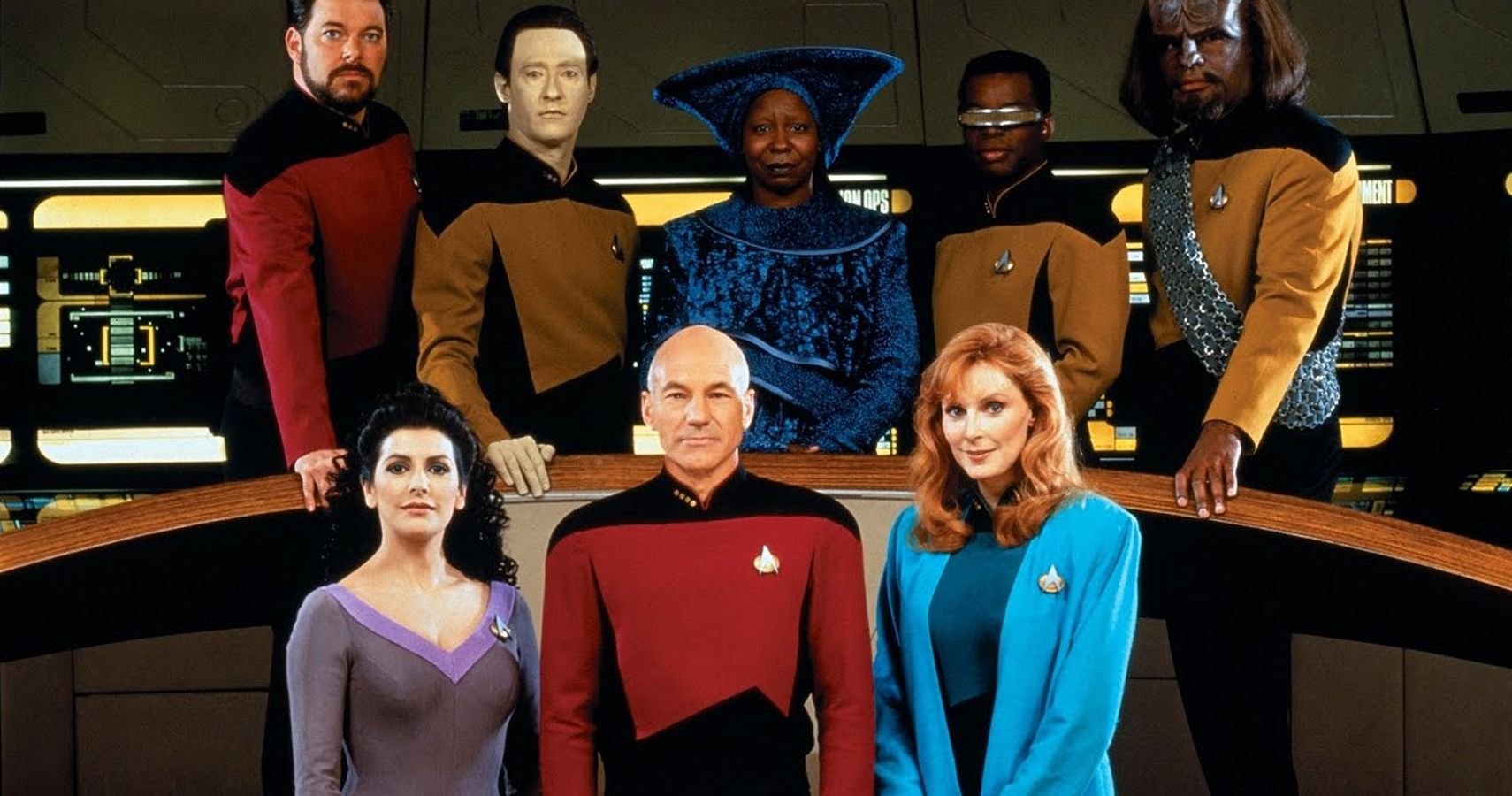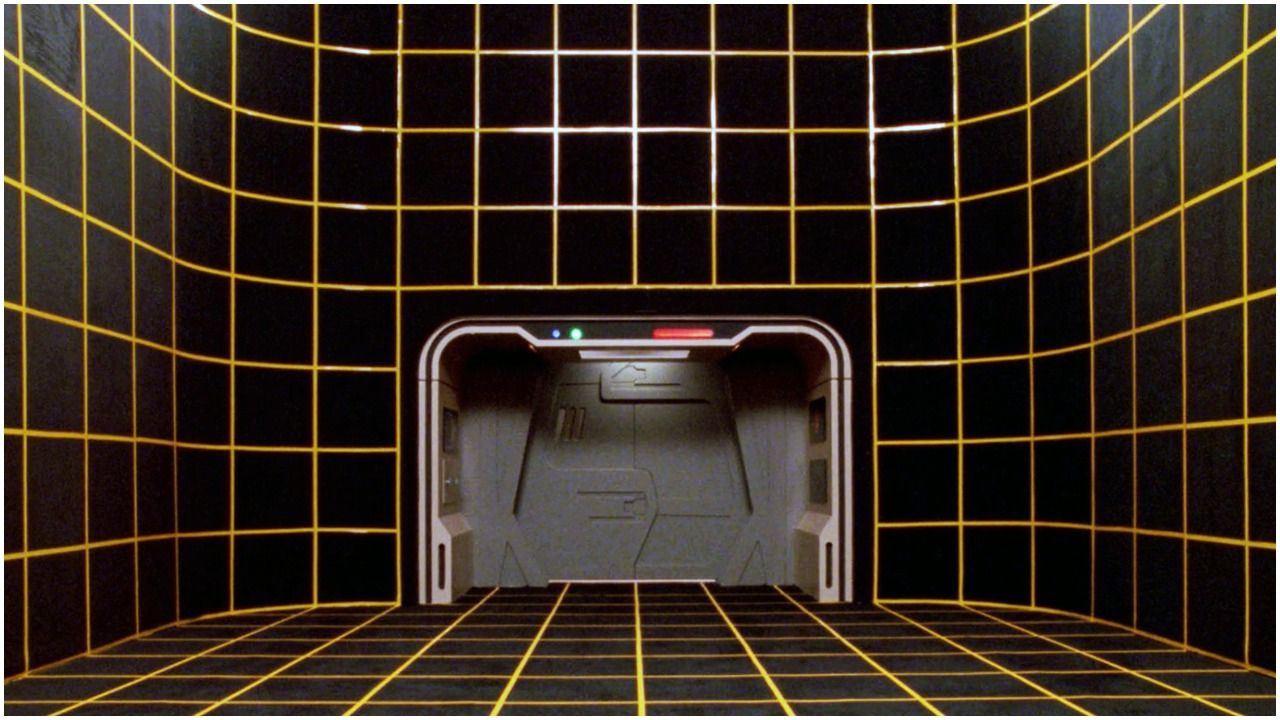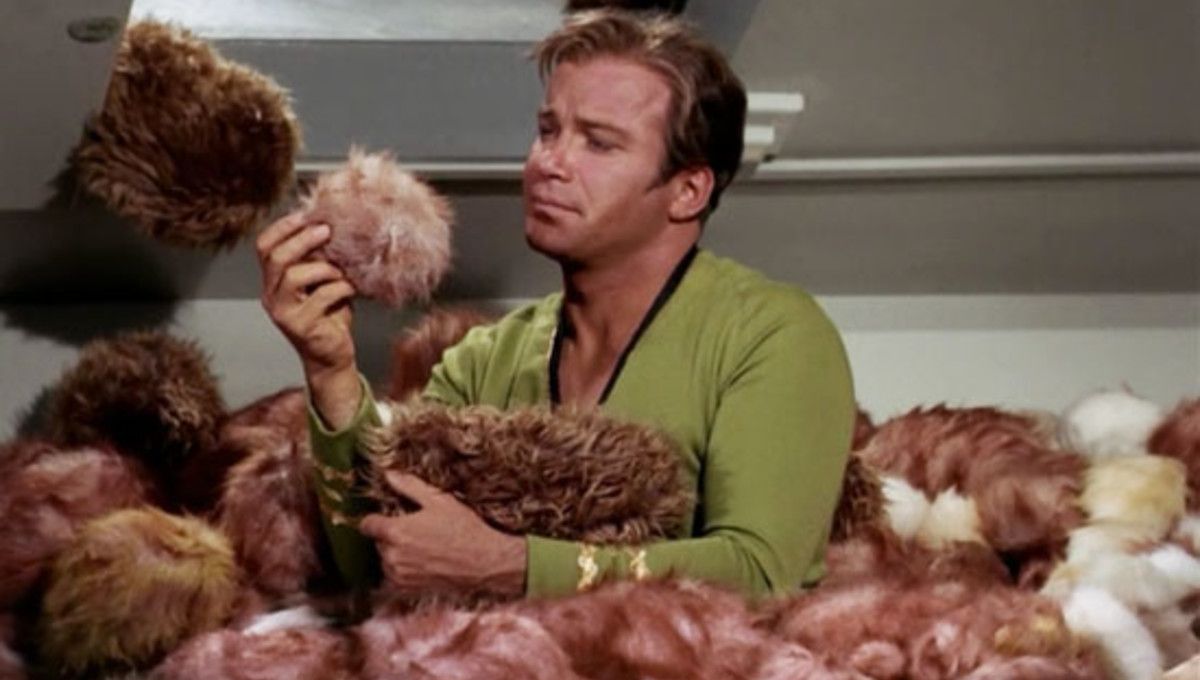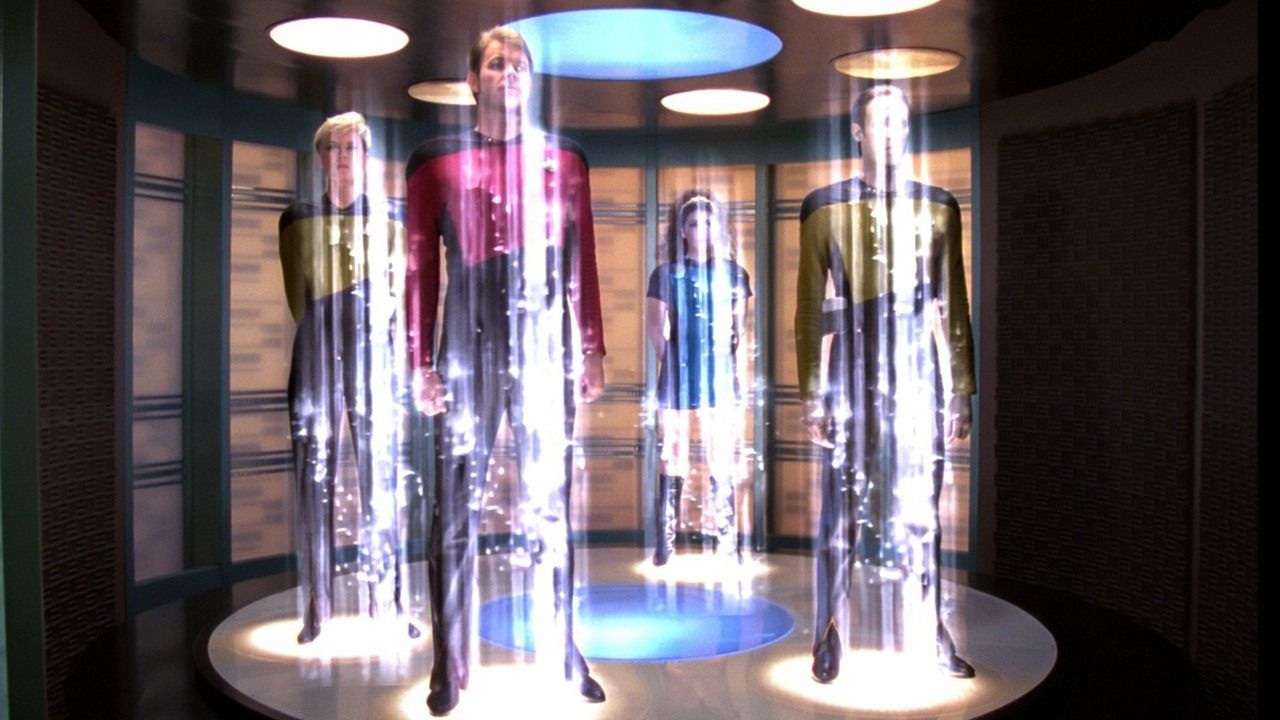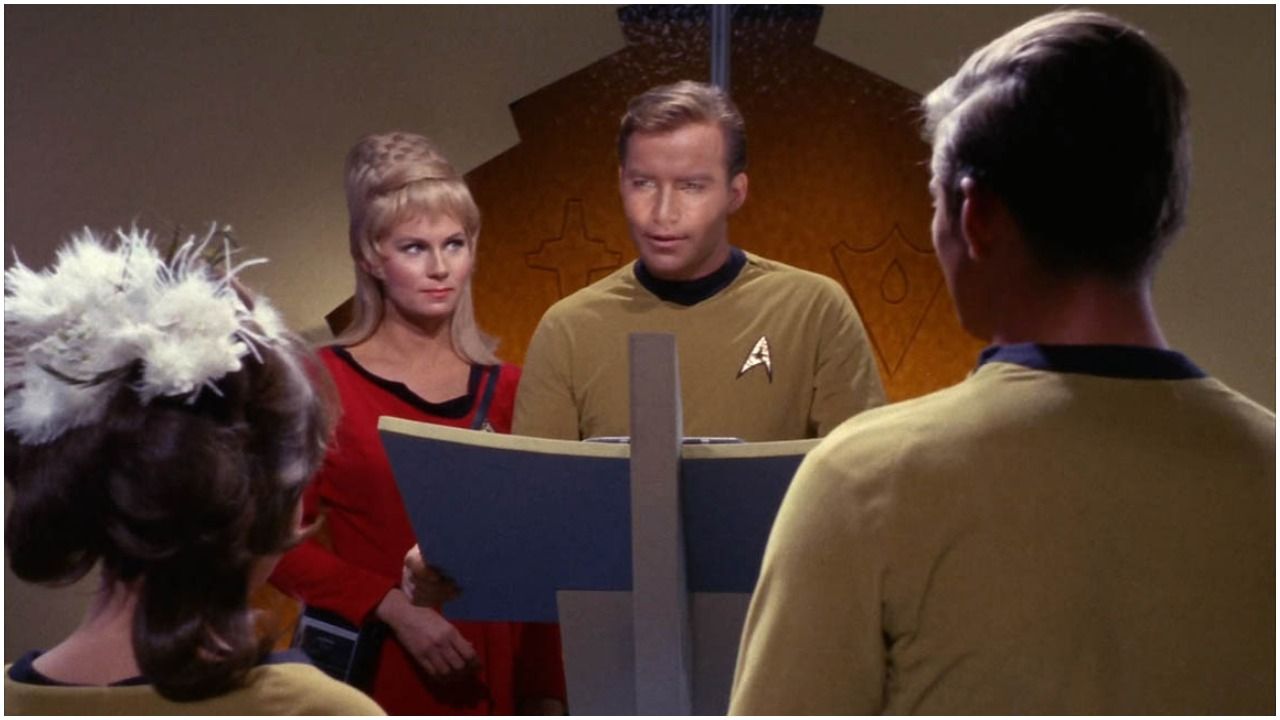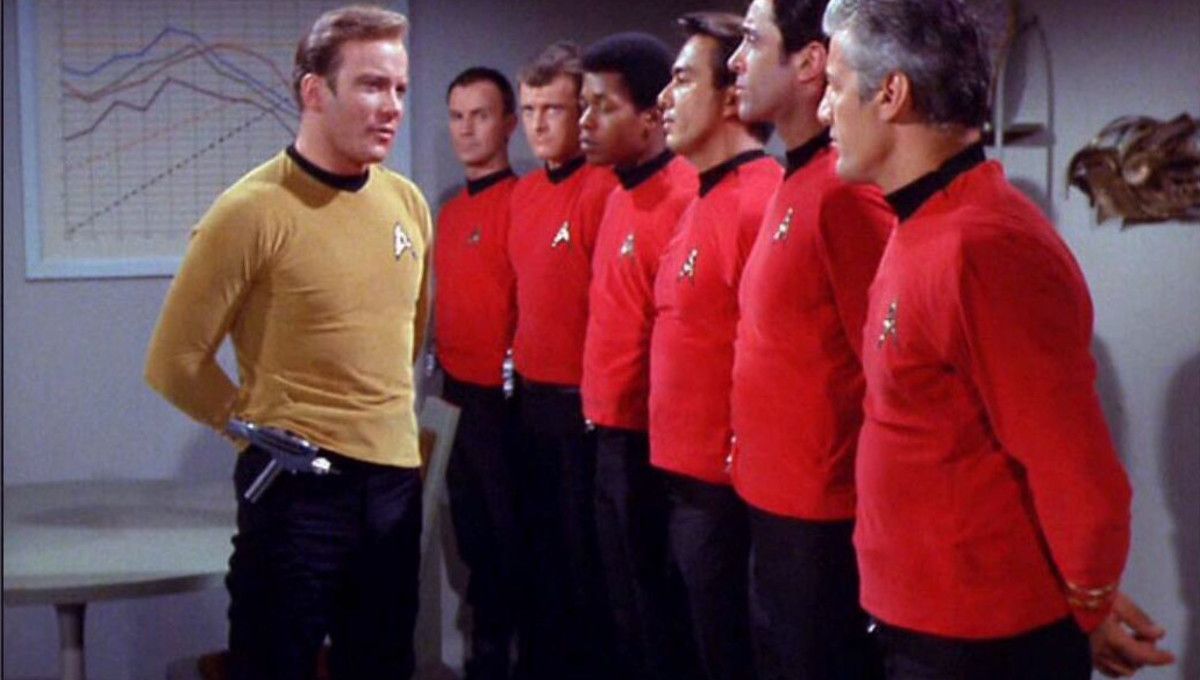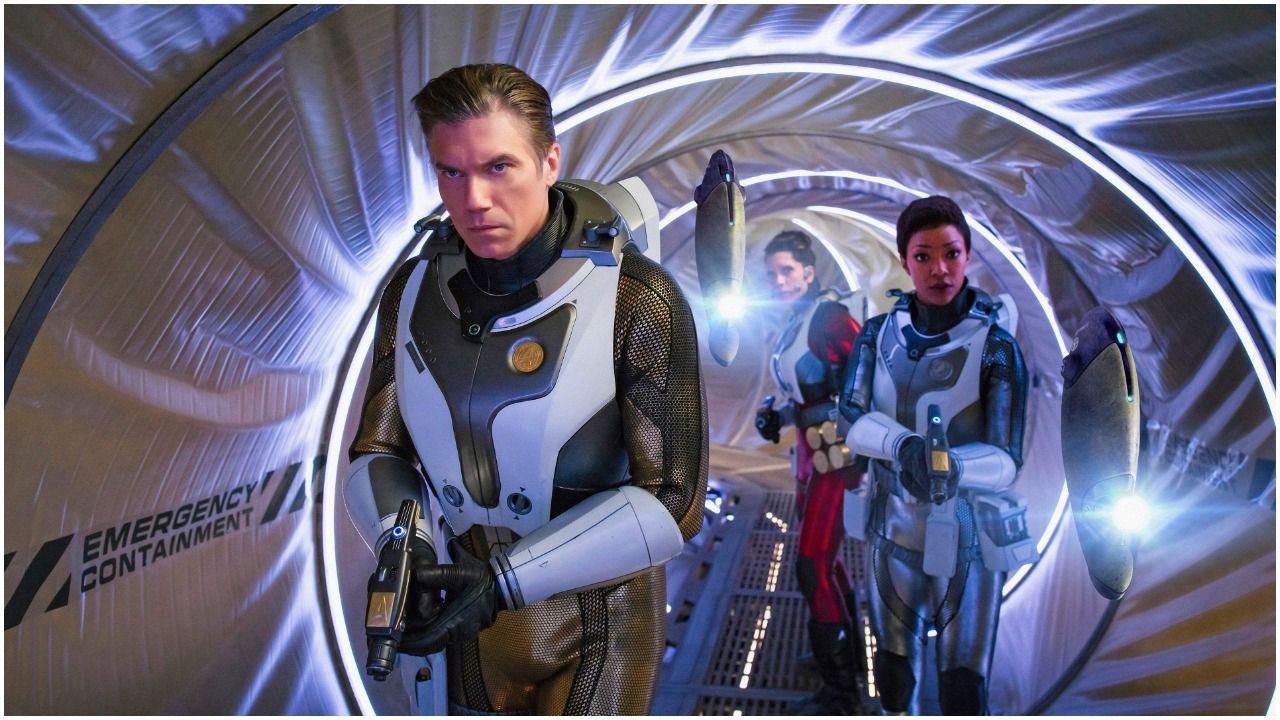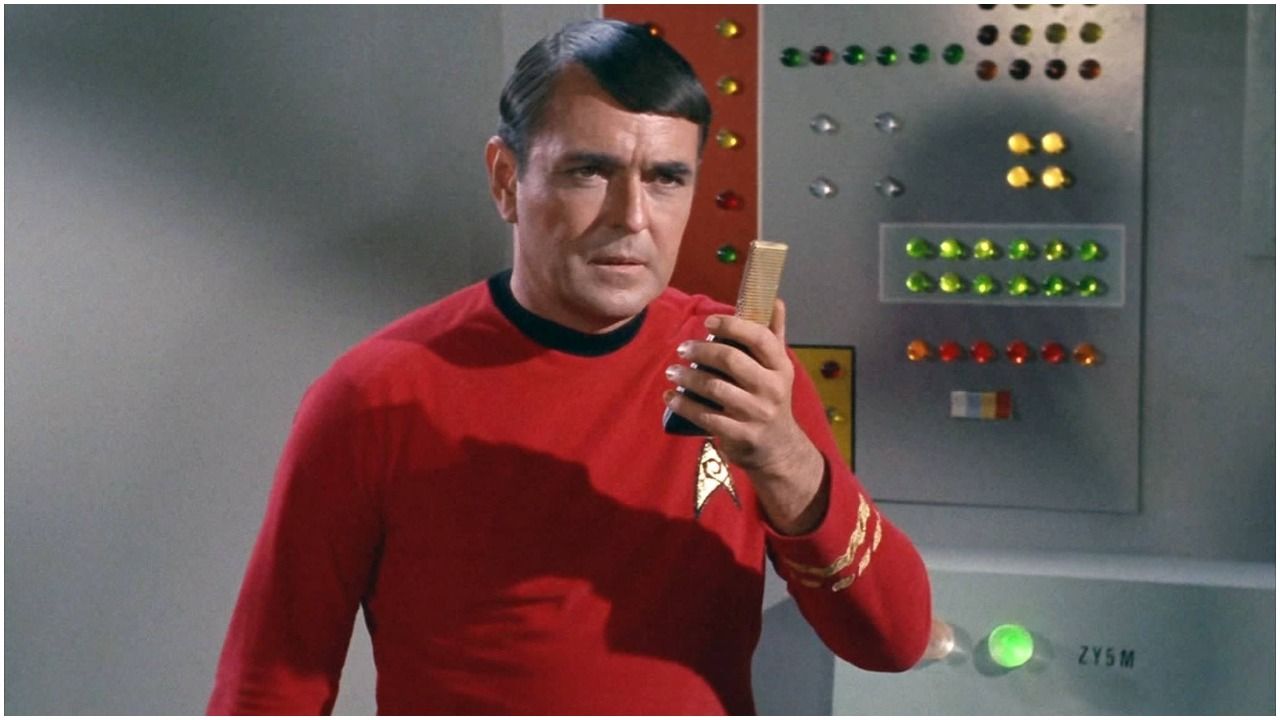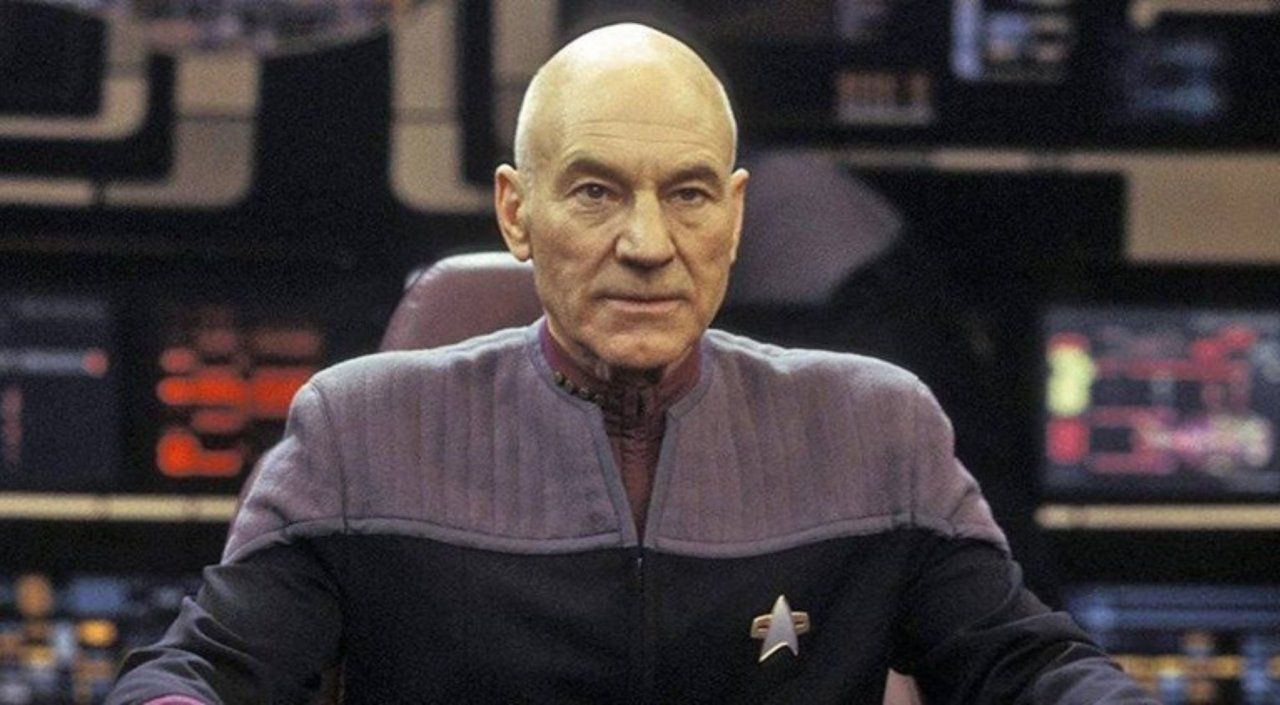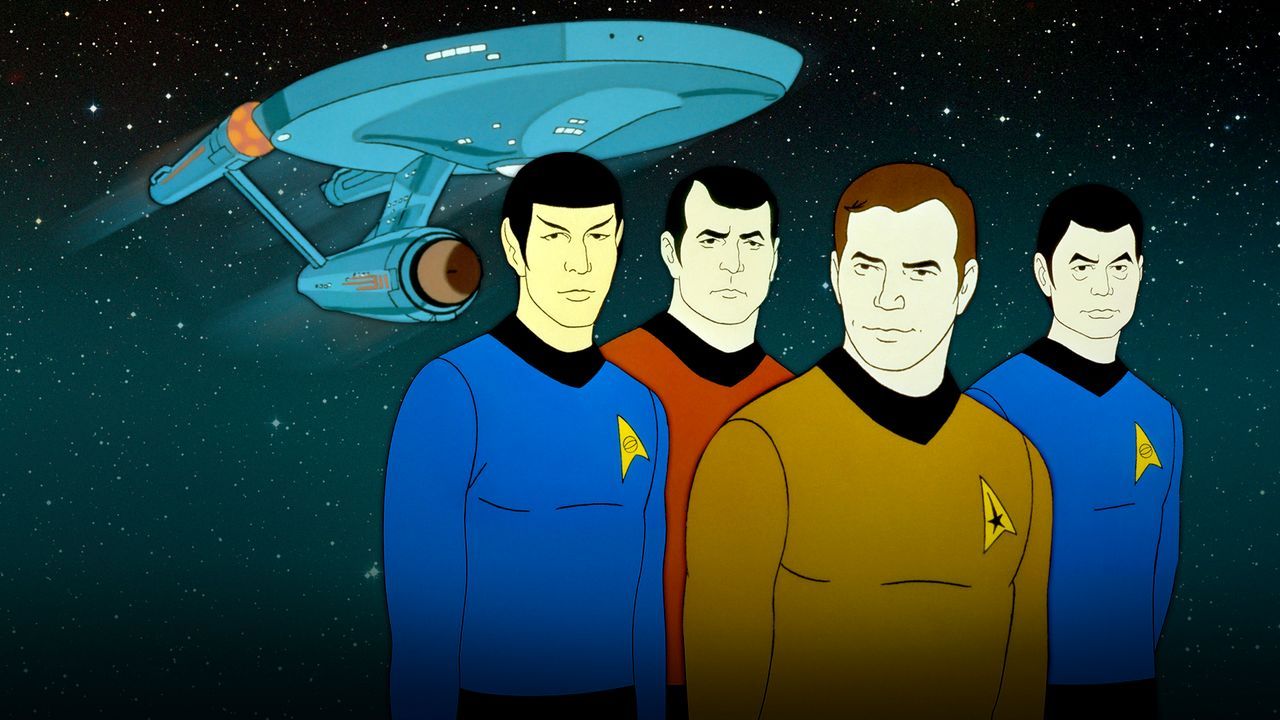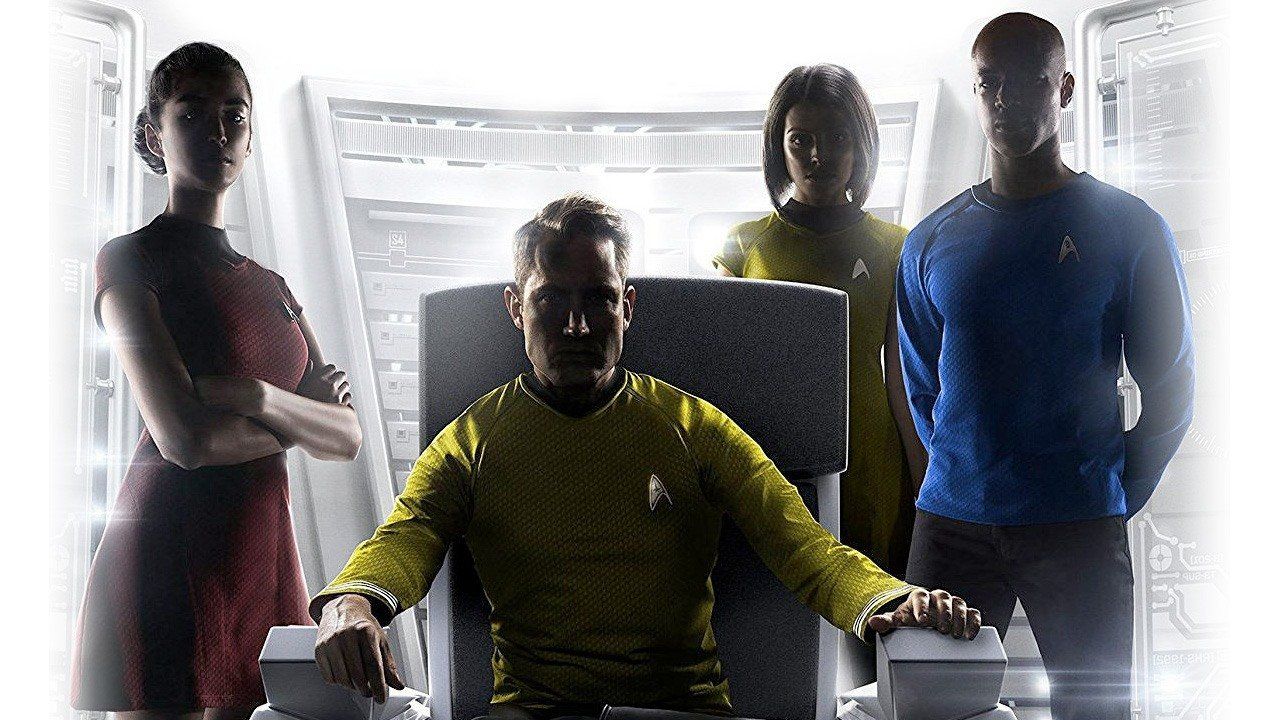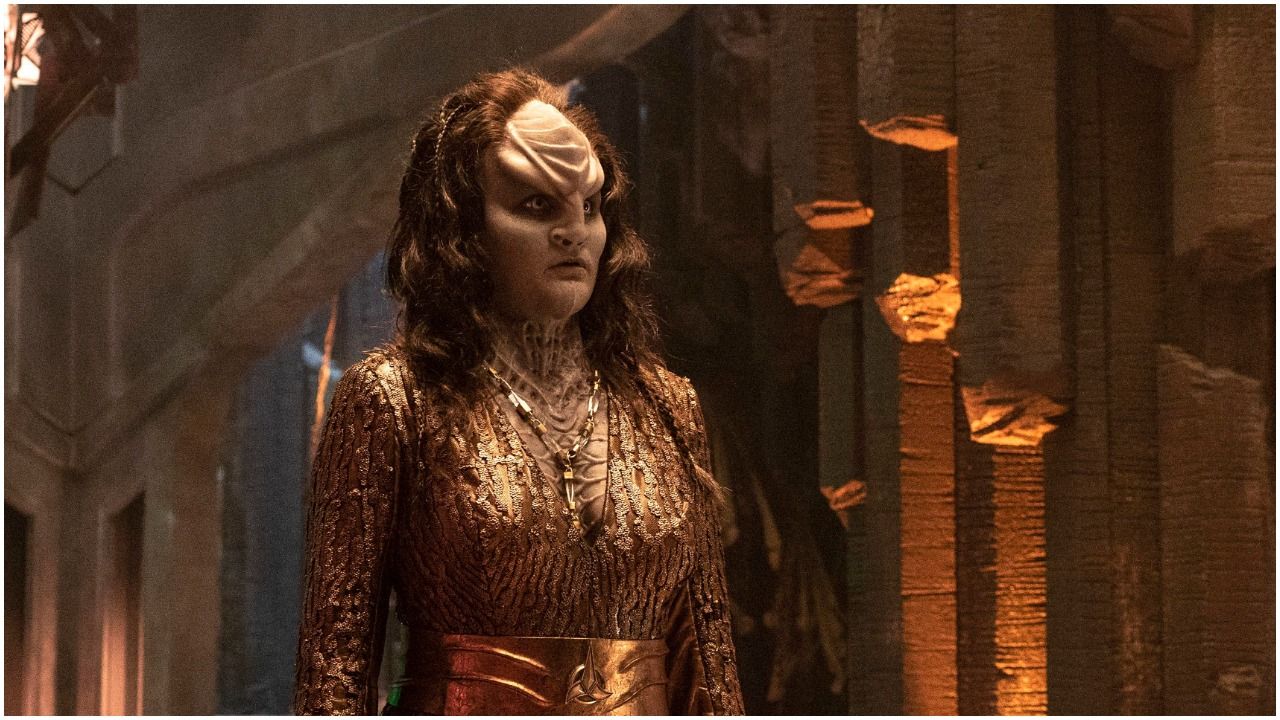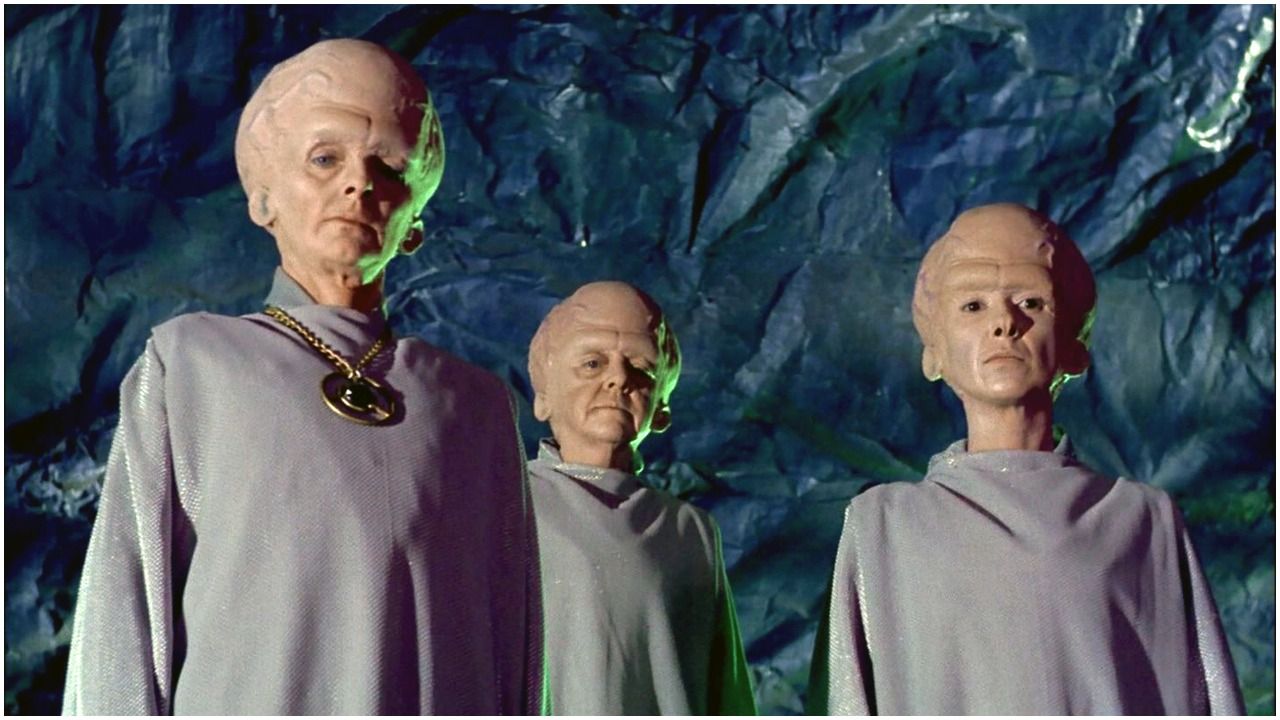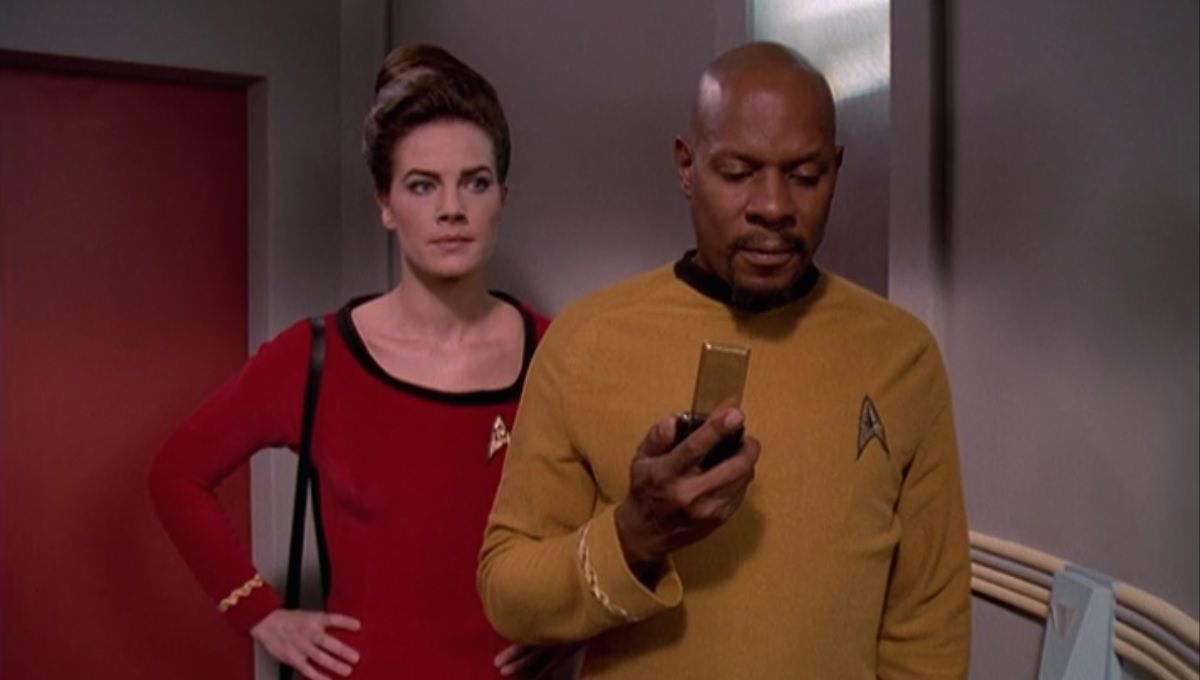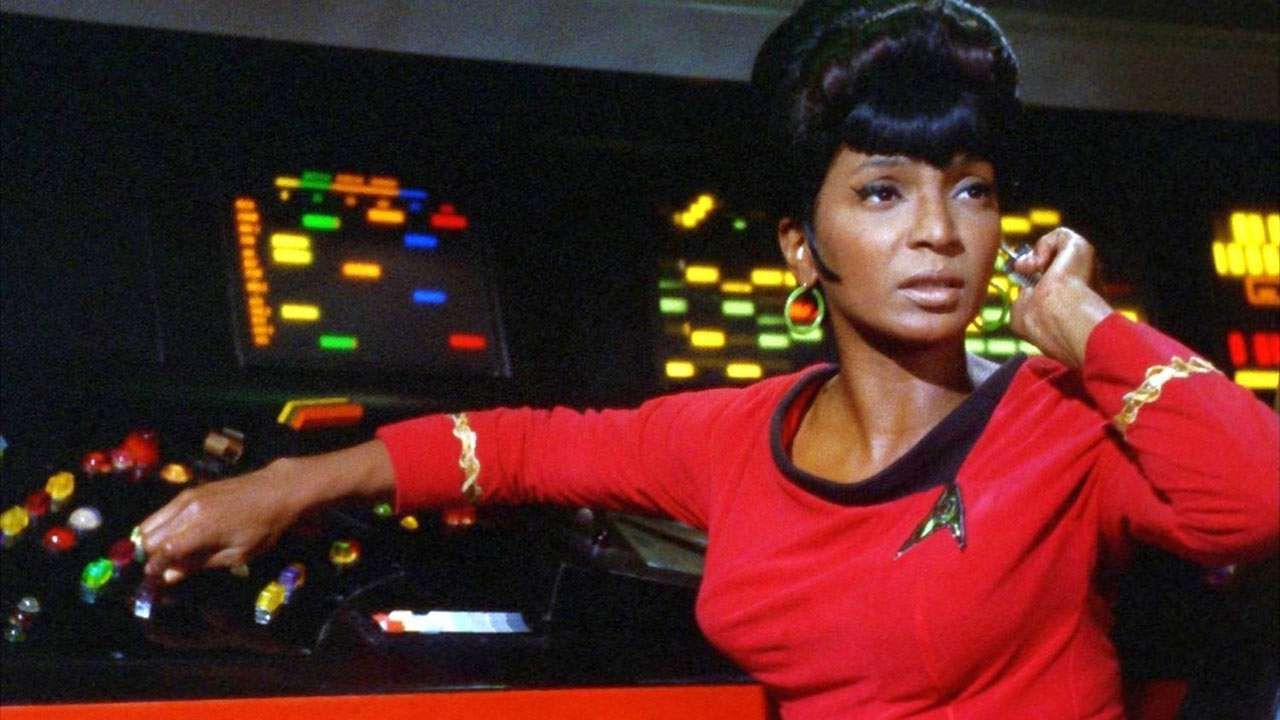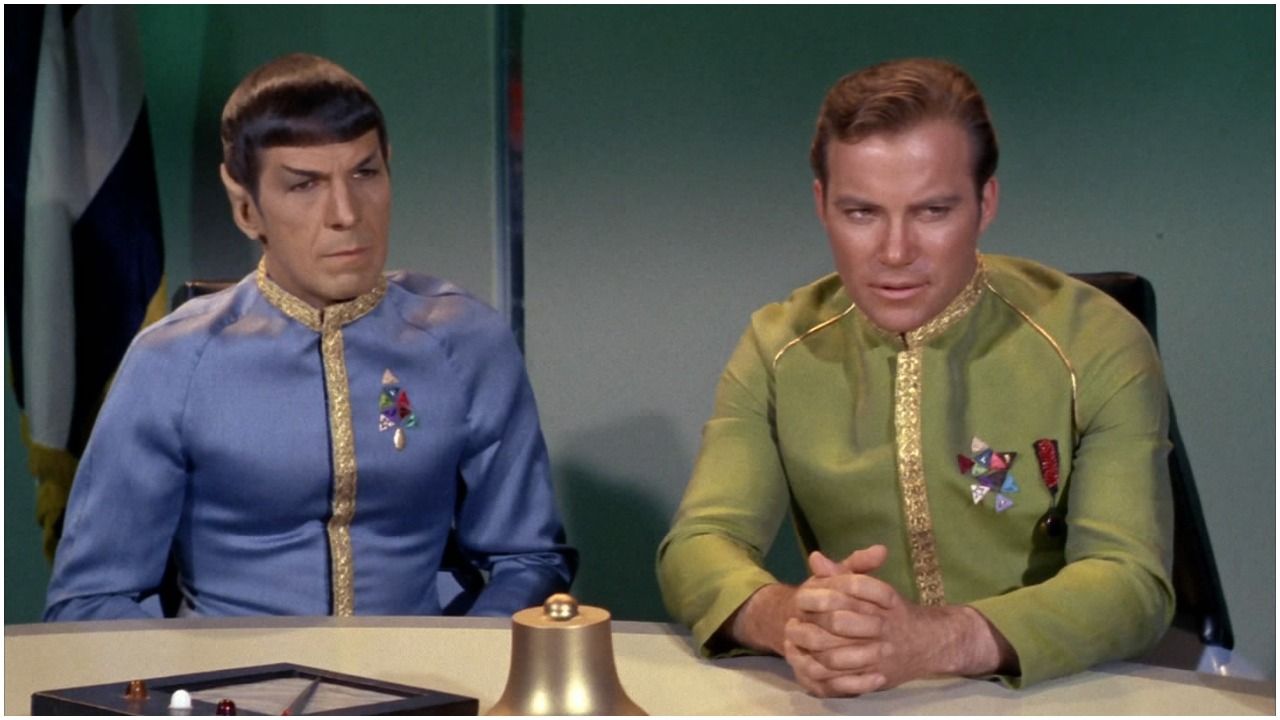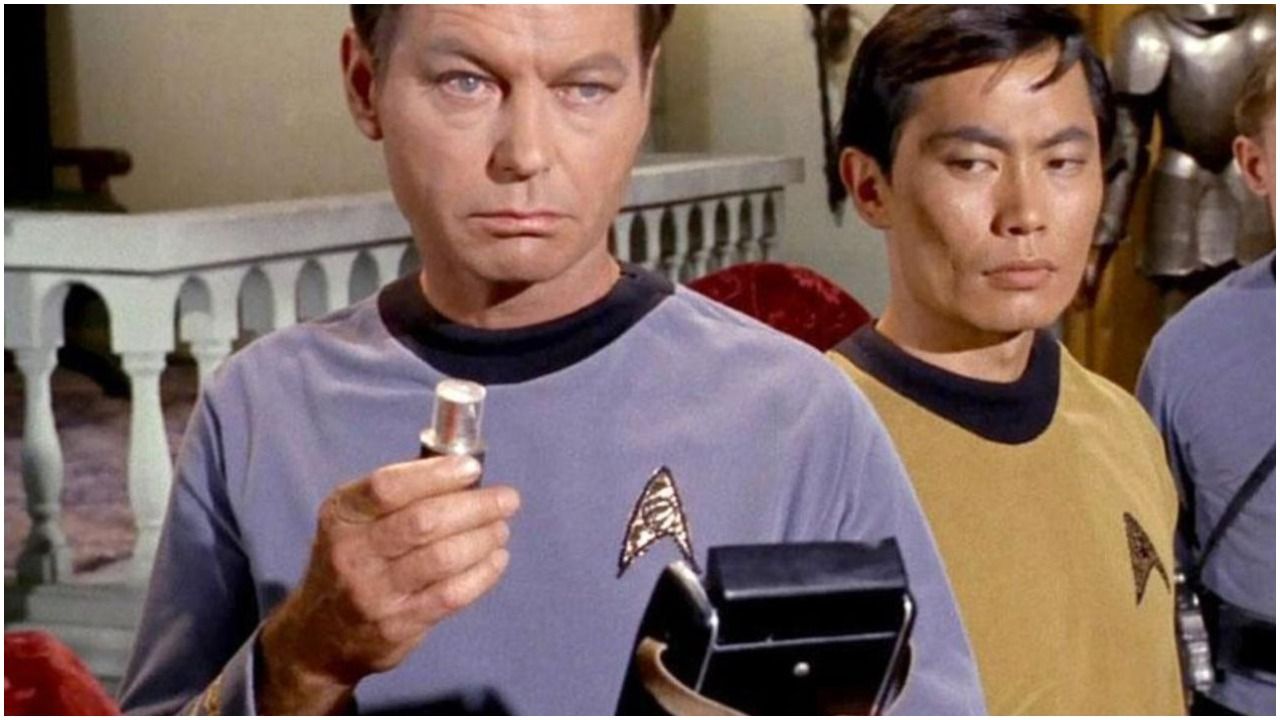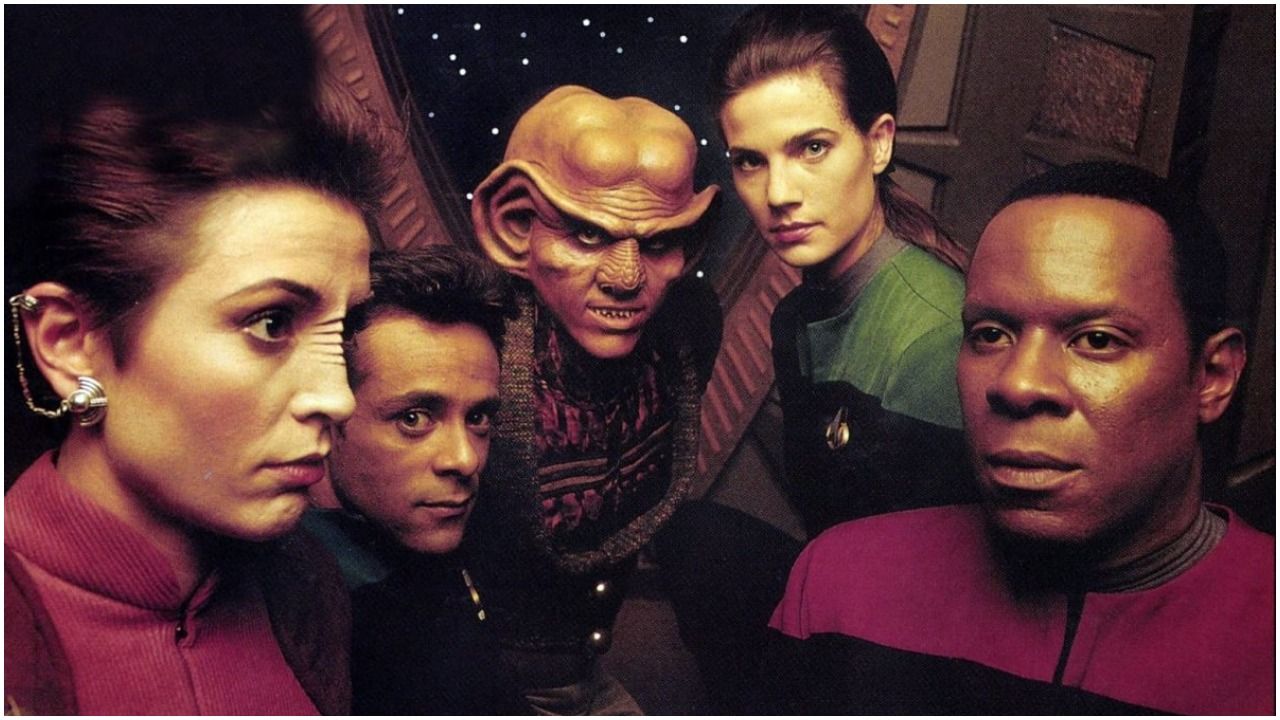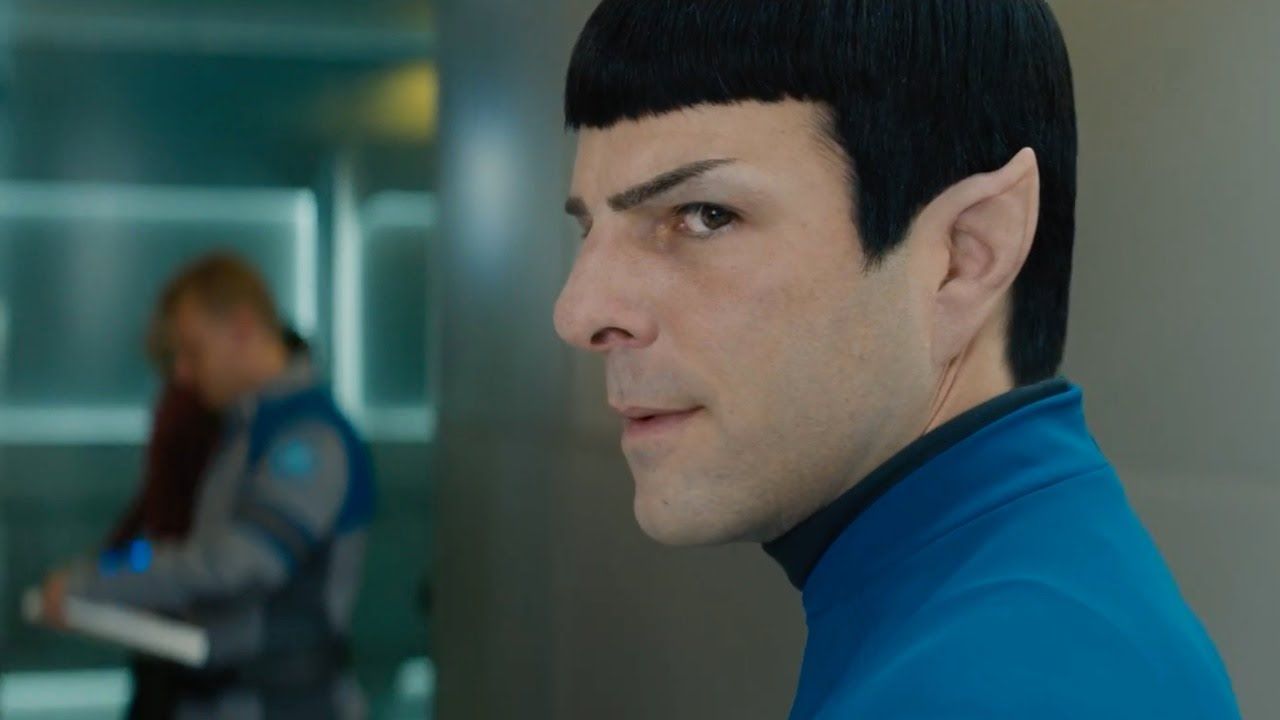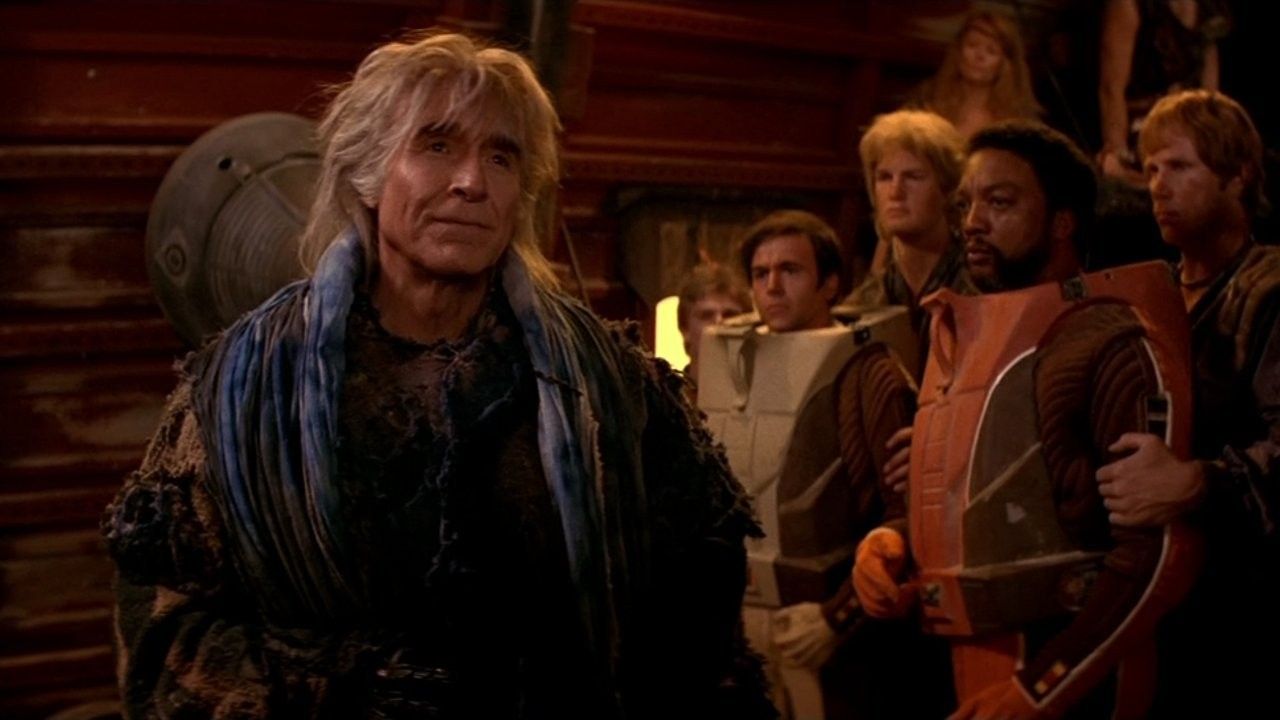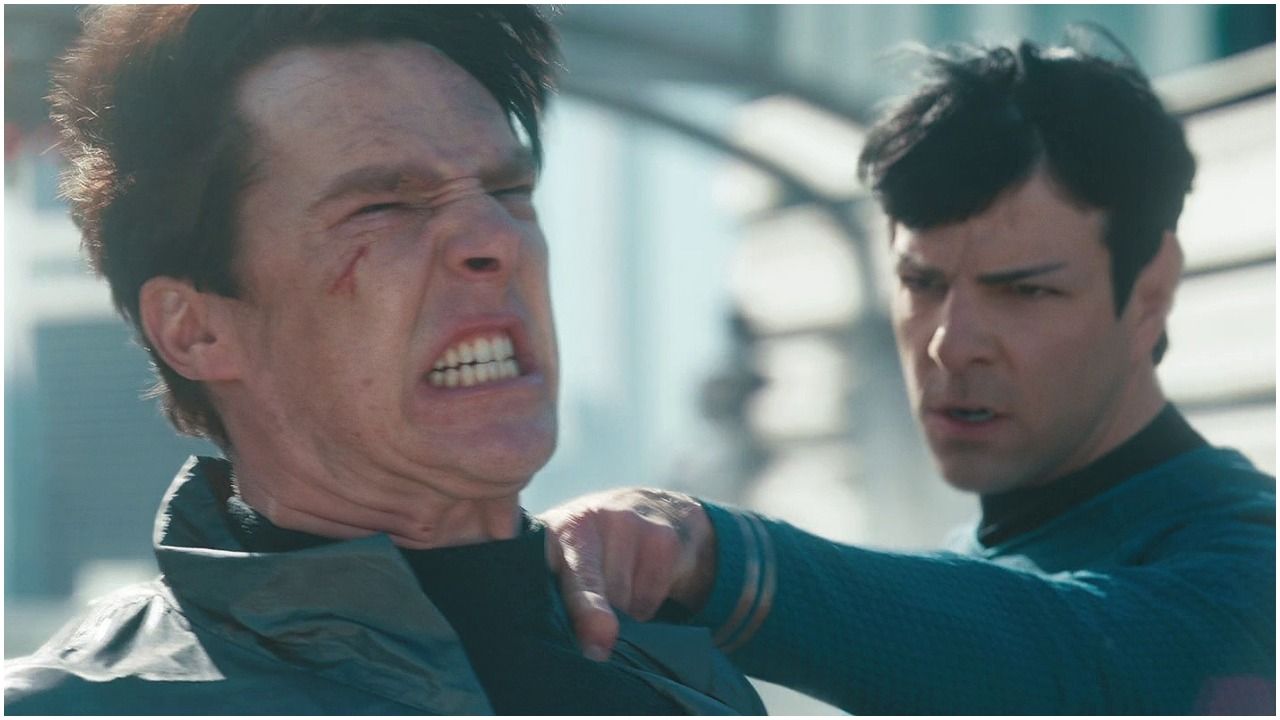Star Trek is a series that has survived the ages. (And by ages, we mean a couple of decades.) Since 1966, when the original series aired, some form of a Star Trek show has existed. It's hard to understand the initial appeal of the series when you just look at the first show, but the love it has inspired is easy to see when you look at its history as a whole. Star Trek opened up a whole new world for viewers. It showed us a future spent on exploration and hope. Plus, the cool gadgets and nifty technology of the Star Trek universe didn't hurt its appeal. In fact, phasers, tricorders, and transporters only added to our fascination with the show.
With the inclusion of each new show to the Star Trek family, attention to the franchise grew and grew. People who otherwise would never have paid a single thought to a science-fiction show on television began to take note. And this is where the misconceptions began. Hundreds of people watching only fragments of the shows available started piecing together a half-formed idea of what the shows were about. Occasionally, the shows themselves were obtusely written, so it's no wonder the general populace might have begun to believe false things about the Star Trek universe.
Well, we are here to set the record straight. After years of watching each Star Trek show as it has come out, our collected knowledge of Trekkie lore is immense. As such, we can help you separate the wheat from the chaff. Read on if you want to check out the erroneous statements many thought true about our treasured Star Trek universe.
The Holodeck Is A Safe And Fantastic Device
The holodeck is a futuristic room aboard a starship that can simulate any environment a bored crewman could want. On paper, this notion sounds fantastic. When we as Trekkies first learned of this concept, it's safe to say that we were all on board with it.
Over the course of numerous episodes where the holodeck fails, is used inappropriately, or turns evil, we have changed our mind. The holodeck is a terrible idea. It is far too dangerous a device for any member of Starfleet to use safely. Years of viewing experience have taught us to distrust the holodeck.
Tribbles Are Just Cute Little Pets
Since the moment tribbles were first introduced, fans around the globe have been in love with them. What's not to love about tribbles? They're fluffy, they're small, and they make cute purring sounds when you stroke them.
However, the breeding capabilities of these creatures are horrific.
Sure, it's all fun and games to laugh as Kirk is being showered in a flood of tribbles. But given that they are born pregnant and can reproduce faster than a man can blink, tribbles are a threat to the universe. Even Starfleet has classified them as dangerous organisms.
Transporters Are A Reliable Means Of Transportation
Like the holodeck, the transporter appears to be a fantastic gift from the future. It transports a person from one place to another. It's teleportation plain and simple. You would think that a device that members of a starship's crew have to use regularly would be well-maintained.
Unfortunately, the transporter is subject to all sorts of malfunctions.
At one point in the original series, the transporter sent Captain Kirk to a vicious alternate dimension. After that ghastly encounter, it is surprising that Kirk did not shut the transporters down for good.
Religion Does Not Exist In The Future
The absence of religion in the Star Trek universe has been commented upon several times by different characters. Gene Roddenberry, the original creator of Star Trek, pictured his idealistic future as one without mysticism or superstition. His humanistic point of view made religion obsolete in his vision of a science-fiction universe.
However, ounces of religious viewpoints have made their way into the show. For example, Captain Kirk officiated a wedding and mentioned "many beliefs" as he did so, indicating religion does, in fact, exist in some form in the Star Trek universe.
Redshirts Have Low Chances Of Survival
It is a common joke among Trekkies and non-Trekkies alike that crew members of a starship that wear a red shirt are doomed to meet their demise. In fact, these "redshirts" are looked upon with pity and sympathy every time they appear on-screen.
In a lecture about the mathematics of Star Trek, it was revealed that redshirts are not the most likely members of a crew to perish. Given how many redshirts work on a starship, the amount of redshirts who perish is proportionately smaller than the number of deceased crew members who wear other colors.
There Are Adequate Safety Regulations On A Starship
Advancing into the unknown regions of space is a perilous endeavor. You would think there would be rules and regulations in place for the protection of Starfleet crews. However, especially in the original series, there seem to be no safety measures in place.
Seat belts did not even exist on board the Enterprise in the original series. Every time an explosion rocked the bridge, the command crew would be tossed around like rag dolls. If such a simple measure was missing from the Enterprise's regulatory structure, imagine the destitute nature of, let's say, their fire safety program.
Scotty Never Has Enough Time To Fix The Engine
Numerous catastrophes occur aboard the Enterprise, and each time something goes wrong with the engine, Captain Kirk calls on Scotty to fix it. Scotty, the ship's Engineering Officer, always gives Kirk an estimate of how much time is needed to fix the problem. As sure as the sun will rise, Kirk then asks Scotty to fix it in half the time.
Despite the unfair time restrictions, Scotty always gets the job done. It makes you wonder if he lies about how much time he'll need because he knows exactly what Kirk will demand later on.
Captain Picard Is British
Many people who only caught a glimpse of Star Trek: The Next Generation believed that Captain Picard was a born and bred Brit. The character is played by renowned British actor Patrick Stewart after all. However, anybody who thinks this is absolutely wrong.
Captain Picard's full name is actually Jean-Luc Picard. The English-accented Picard is supposed to be a Frenchman. This is one erroneous belief we can forgive anyone for thinking. We watched every episode, and yet it still took us years to fully swallow the fact that Picard was French.
The Next Generation Was The First Sequel
After the original series ended, Star Trek fans had to wait for another entry into the franchise. Many casual viewers of the series believe that Star Trek: The Next Generation was the show that directly followed the original series. However, they would be writing off Star Trek: The Animated Series.
This cartoon show began in 1973, whereas The Next Generation aired in 1987. If you are an avid Star Trek fan, The Animated Series should definitely be on your watch-list. It expands the adventures of the original crew of the Enterprise.
No Conflict Between Crew Members
When Gene Roddenberry envisioned the crew of the Enterprise in the original series, he foresaw no conflict between them. As part of his Utopian ideals for a space-faring crew, disagreements were a thing of the past. That's why in episodes of the original series, whenever conflict arises between crew members, it's because of ghostly possession, alternate timelines, or parasitic lifeforms.
However, as the franchise grew to include more shows, these no-conflict stipulations disappeared. Star Trek: Deep Space Nine is chock-full of corrupt crew members and in-fighting.
Klingons Are The Main Villains Of The Show
Klingons are one of the most recognizable alien species in the Star Trek universe. While they may have started as the antagonists of the show, their status as villains has morphed into something different.
Klingons are no longer "evil" people.
They possess a nuanced culture that has developed over the course of different Star Trek shows. Despite what many casual viewers might think, Klingons are allies more than enemies these days. Just look at Worf from The Next Generation. He is now the poster child for Klingons in the Star Trek universe.
Humanoid Aliens Are All That The Universe Offers
If you watched the original series, you would probably think that the Star Trek universe is comprised of many kinds of aliens...all of which appear to be humanoid. You could not be faulted for thinking that these kinds of aliens are all that the Star Trek universe has to offer.
These simple looks for aliens clearly stemmed from budgetary concerns. However, as the show's funds increased, and as the franchise grew exponentially, the quality of Star Trek aliens increased. A wide variety of alien appearances has now made its way into the franchise.
Time Travel Is A Rare Event
Logic dictates that any story involving time travel may become mired in temporal complications. That's a fancy way of saying time travel is a messy plot device. You would think that Star Trek would stray away from such a sticky occurrence.
However, time travel is a pretty frequent plot device used across the many Star Trek series. Practically no Star Trek series is exempt from using time travel in one of their story-lines. As a matter of fact, time travel has happened so often, the Federation created the Department of Temporal Investigations to deal with it.
Star Trek Has Always Promoted Equality
No one can deny that the Star Trek series has made leaps and bounds in the direction of equality for all. The show has gone out of its way to promote anti-discriminatory messages and to showcase fair and equal treatment of its diverse cast of characters.
However, the original series was not as ahead of its time as many might believe.
One prime example is the show's treatment of women. Sure, Uhura was a member of the command crew, but one look at the uniform women on the Enterprise had to wear is enough to send modern-day sensibilities shuddering in dismay.
Kirk's Dress Uniform Is Gold For His Captaincy
The colors of Starfleet uniforms are based on where a crewman works. Blue is for the science and medical personnel, red is for security and engineering, and gold is for those in command or at the helm.
Captain Kirk is always seen wearing a golden shirt to denote his role as captain. However, his dress uniform is a mystifying lime-green. It can be hard to tell that his dress uniform deviates from his normal shirt color but stare at it long enough, and you'll be able to see the definite tinge of green. A lime-green shirt at least ties into Kirk's flamboyancy as a character.
The Tricorder Can Detect Readings Anywhere
Like the holodeck and the transporter, the tricorder is one of the most faulty devices in the Star Trek universe. However, since the tricorder is only used to detect, scan, analyze, and record data, there is not much danger for its user when it makes a mistake. And it makes a lot of mistakes.
How many times in a Star Trek episode has the tricorder failed to analyze some new item correctly? How many times has it failed to locate life forms on a foreign planet? Too many times, friends. Too many times.
The Federation Is A Benevolent Space-Faring Organization
In the first few series of the Star Trek franchise, the Federation is seen as this idealistic coalition of planets that only wants the best for the universe. Both the original series and The Next Generation series buy into this concept.
The Star Trek spin-off known as Deep Space Nine turned that concept upside down. Set in a more turbulent time in the Federation's history, corruption and underhanded dealings run rampant. Several of the story-lines in these episodes revolve around the flaws within the Federation.
Spock Has No Emotions
Vulcans are touted as beings that have learned to purge emotions from their lives. Their past history as a species was rife with conflict, which made them change their mindset to value logic and rationality above all else.
Casual viewers of the Star Trek series might assume that Spock, the most infamous Vulcan in the franchise, never feels emotions as a result. The complete opposite is true. Vulcans feel emotions more deeply than many other alien races. They just choose not to exhibit them to other people. That's why Spock comes across like a robot more often than not.
Khan Noonien Singh Recognized Chekov
In Star Trek II: The Wrath of Khan, we were reintroduced to Khan Noonien Singh. He first appeared in the original series as an antagonist for Kirk's crew to face. Khan comes back with a vengeance in The Wrath of Khan. He is set on having his revenge on Kirk. He starts with Pavel Chekov, the Enterprise's navigator.
However, this represents a continuity error. When the crew of the Enterprise first ran into Khan, Chekov was not a part of the bridge crew. The two of them never met. And yet, when Khan greets Chekov in the movie, he acts as if they had.
Only A Vulcan Can Do The Vulcan Nerve Pinch
The Vulcan Nerve Pinch is a rapid combat move that appears to involve little effort on the part of its users. It comes into play frequently in the original series, with Spock using it to peacefully end conflicts.
Many viewers may have been led to believe that the Vulcan Nerve Pinch can only be done by Vulcans. The Next Generation showed us that Captain Picard could perform the Vulcan Nerve Pinch as well. Apparently, it is a technique that anybody can learn with patience and practice. Vulcans might not be all that special after all.

